Math Problems
By Edward Lenahan

To her credit, Marguerite shrugged the whole thing off as if this were normal for her, which, since finalizing a poor choice of men, it is.
Anyways, this particular morning being Sunday and there being considerable amounts of time to drink small oceans of coffee, read auction catalogs, and ponder life’s great philosophical questions from the soft confines of the couch, I concluded for the thousandth time that I don’t like math. Particularly when applied to bicycles and vintage cars.
Among the growing assortment of bicycles gathering in what used to be our usable laundry room, for example, sit two sensible ten speeds. They stop, accelerate and change direction with remarkable ease. The shifters snick smoothly up and down through the gears. They’re lightweight, comfortable and safe. Yet in almost every instance, they’re left at home.
The Schwinn Twinn tandem we ride instead is like the bow-tie-wearing neighbor who cleans his garage with gasoline; visually interesting and dangerous in a ‘this-can-only-end-well’ sort of way. So, while it’s baby blue paint and chrome fenders are charming, its frame is excruciatingly heavy, its seats uncomfortable, and its shifter vague. Also, its drum brakes emit a rising howl alarmingly like the approach of an emergency vehicle. A kind of mechanical foreshadowing, this seems.
On paper, of course, the road bikes are the clear choice. But in the real world the Twinn garners the kind of shrieking joy a child might display upon discovering the monster in his or her closet is actually Yo Gabba Gabba. Dangerous it isn’t. Just unabashedly and relentlessly fun.
But back to math.
Too often it seems, vehicles are evaluated using only rational measures like horsepower, weight, top speed, acceleration, lap times and race results; things that can be quantified or otherwise expressed with numbers. Vehicles that produce particularly good numbers, or do so in interesting or unique ways, tend to be the ones that command the highest prices.
So when something like a pair of fast road bikes comes up for sale, significant money changes hands and a laundry room becomes less useful. Emotionally appealing vehicles like the Twinn languish on craigslist until late-night lowball offers are accepted with shocking speed.
As best one can tell perusing catalogs on the couch, this same logic plays a strong role in the world of collector cars as well.
The 2011 RM Auctions London sale offered scores of cars possessing speed, racing history and beauty. These are the same cars whose values resemble international telephone numbers and for which one might google the current selling price of human organs ($116,400 for a lung and $91,400 for a kidney, in case you were wondering).

In any case, the good thing about all of this isn’t that 1950s sports cars remain the sole domain of those with expendable dollars or vital organs. The real news is that some of the most emotionally appealing cars are selling for relatively cheap prices.
These brass era cars trade logic for charm and are named, it can be assumed, because they were made at the tail end of the bronze age when mankind made the great shift from hunting animals with sharpened stone to felling small trees with brass-adorned motor carriages. By modern standards brass cars are slow, complex, and bizarre.
They’re also unreasonably fun.
So, as a service to those among us who prefer their vehicles short on performance numbers and long on smiles, here are three examples of brass era bargains found at the 2011 RM Auctions London sale:
1899 Marlboro Steam Stanhope
Engine Type: 2-cylinder, Steam
Engine Output: 5 hp
Top Speed: 30mph
Hammer Price: $43,107
Those math minded among us might note that with its 5 horsepower, two-cylinder steam engine the Stanhope has 25% more power and 100% more cylinders than its nearest competitor on the list. But anyone who’s had the pleasure of riding in a steam-powered car and listening with wonder to the ‘chuff’ of the engine simply won’t care. This little steamer drips with charm, from its minimal bodywork to its small white tires and couch-like, two-person seating arrangement. As an added bonus, the Stanhope’s tiller steering allows driver and passenger to trade roles without trading seats.
1904 Waltham Orient Buckboard
Engine Type: 1 cylinder, gasoline
Engine Output: 4 horsepower
Hammer Price: $27,840
The Waltham Orient Buckboard is the kind of object for which sight was invented. Beautiful golden wood forms the car’s fenders and intentionally flexible frame (the source of its name and, one would imagine, considerable excitement), green leather cushions the seat, and red paint and polished surfaces grace almost all metal on the car. So pretty is this car, in fact, that it’s hard not to immediately see oneself driving the Buckboard on a nice autumn afternoon with good company, warm apple cider and a wool blanket. We’ve all seen falling leaves through the window of a moving car. Just imagine smelling and feeling them too.
1902 Rambler Model C Runabout
Engine Type: 1 cylinder
Engine Output: 4 horsepower
Hammer Price: $161,653
It’s almost impossible not to admire the Rambler, with its tufted black leather seats, painted wooden wheels, and array of brass switchgear. Or for that matter, its paperwork, which reads like graduate thesis on Rambler mechanics, engineering and history. Its body and mudguards bear lovely black and red paint and display a fine patina earned through decades of careful ownership. Perhaps most importantly, the Rambler affords its new owner the opportunity to participate in the world’s finest brass era events—like the London to Brighton Veteran Car Run—at a relatively inexpensive entry price.
These cars just can’t be quantified using numbers. Then again, neither can the chill of an approaching rain, the smell of the passing countryside or the anticipation of steaming boiler. The measure of value is entirely different.
Just don’t tell anyone.
So long as performance numbers remain the measure of a vehicle’s worth, brass era cars, like tandem bicycles, are likely to remain accessible for many of the people smart (or, in some cases, impulsive) enough to know a good time when they see it.
Maybe math isn’t so bad after all.
—
[Source: Ed Lenahan; photo credit: Tim Scott / Fluid Images; RM Auctions]
11 Comments
Leave a Reply Cancel reply
You must be logged in to post a comment.





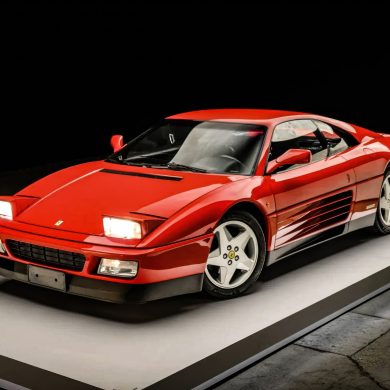
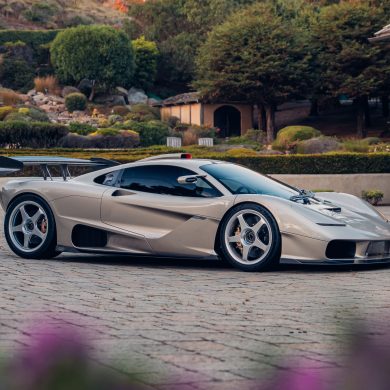
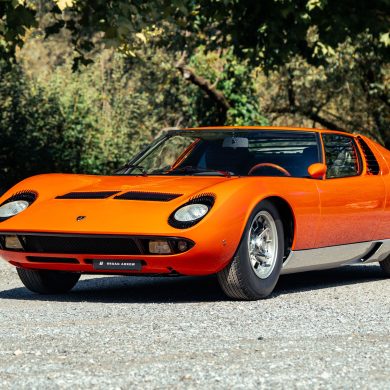
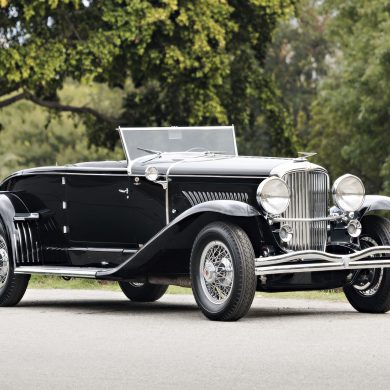
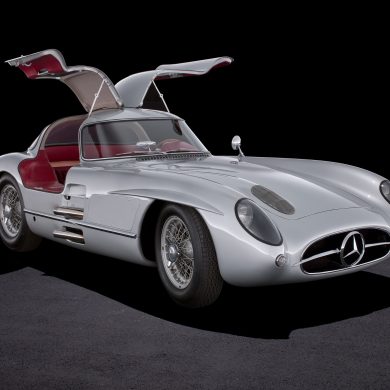
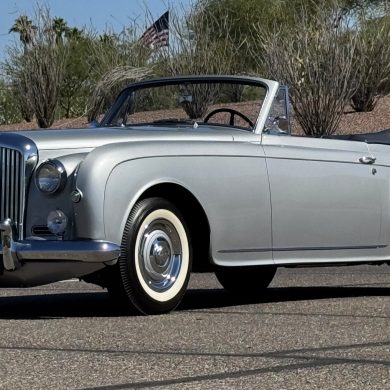


Like the piece on brass era cars. I’ve never thought of them as an option, but this opens my eyes to them in a different light.
Glad you’re onboard with Sports Car Digest. This is by far my favorite magazine – online or print! You’ve hooked up with the right wagon for sure. Look forward to more from you.
Thanks for the kind words Michael. Sports Car Digest has a great community and I’m very happy and proud to be part of it.
Thanks for the article Ed! Great writing! Welcome, and hope to see more! You have an impressive resume, I see you used to work for Paul Newman. I grew up at Nelson Ledges and have many memories of Mr. Newman’s old sports car days. Love the writing! Thanks! –paul
Thanks Paul! I’m looking forward to writing more!
It must have been a special treat to see PLN race at Nelson Ledges. He’s one of the only people I’ve met whose reputation paled in comparison to the real man. It’s still hard to believe one person could possess that much talent and good will.
We at the Seal Cove Auto Museum truly appreciate the fine article on Brass Era cars. As custodians of America’s finest collection of Brass Era automobiles, we are delighted to see attention given to this oft over looked segment of the hobby. Was a time when the greats; Henry Austin Clark Jr., James Melton, Bill Harrah, Briggs Cunningham, all actively collected, drove, and exhibited these mechanical wonders… Car collecting was, after the War, owning and driving Brass Era cars. Stand beside our Crane, F.R.P., Stevens -Duryea or White steamer… they are huge, rare, beautiful, and just plain wonderful.
Couldn’t agree more. Also, just checked out your collection online… amazing. If ever your 1913 Peugeot needs exercising, just let me know!
Learned a lot from Ed’s article. Love the 1904 Waltham Orient Buckboard
Thanks Roy. Hope to see you soon.
I’m behind the times on my reading guys, so my apologies on the late note. Welcome to SCD Mr. Lenahan.
Look forward to many more of your writings. Great start on this one. Really enjoyable read.
Thanks Terry. Glad to be here.
I have 1902 NORMAN 2-cylinder 2 seater Runabout in good condition